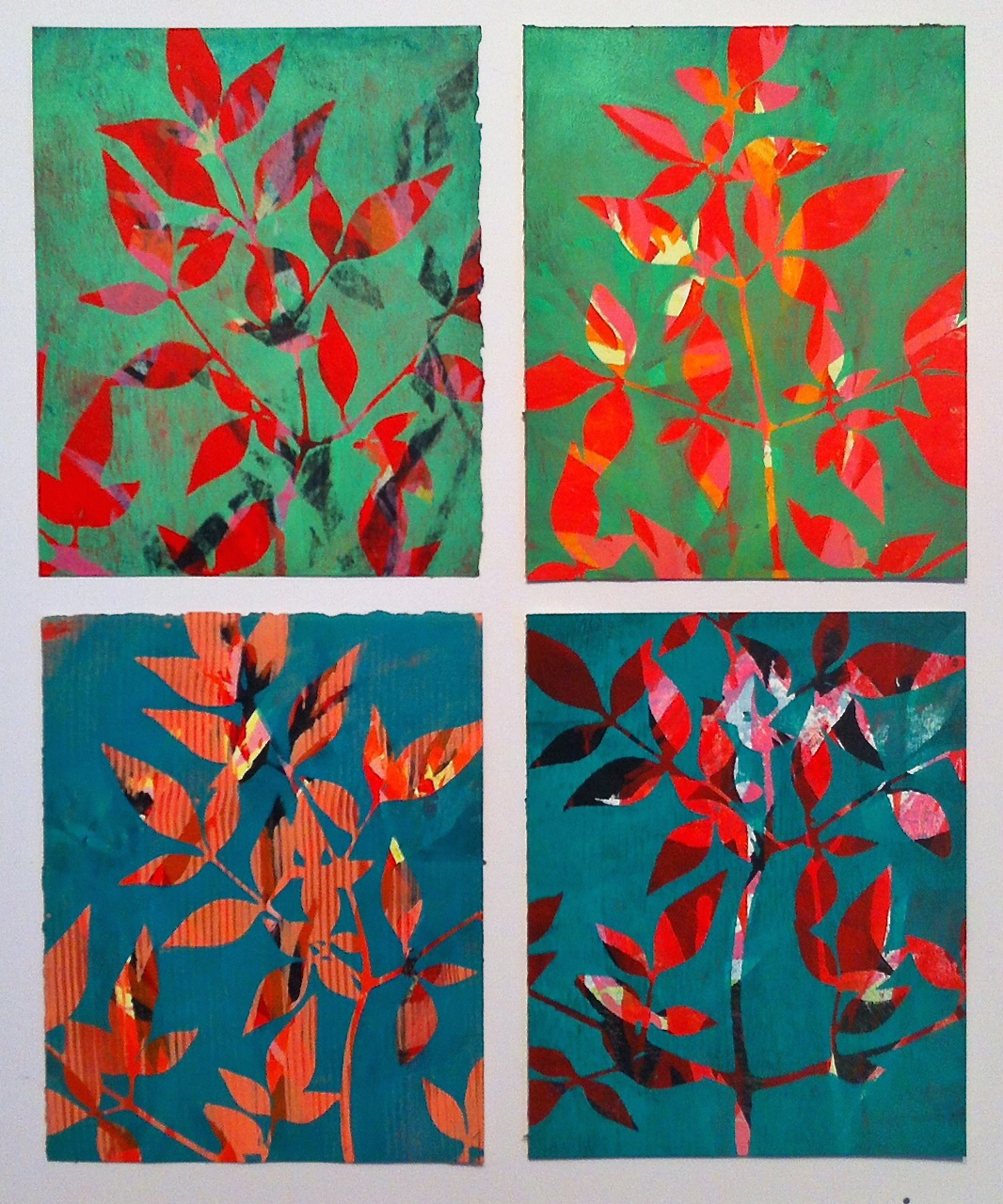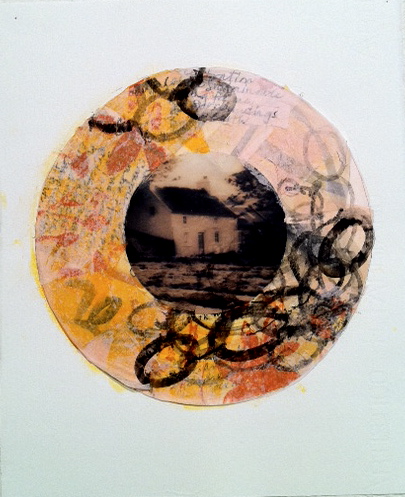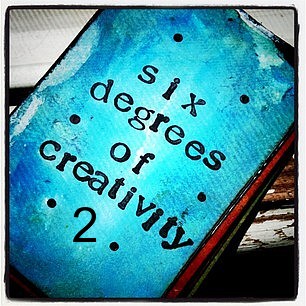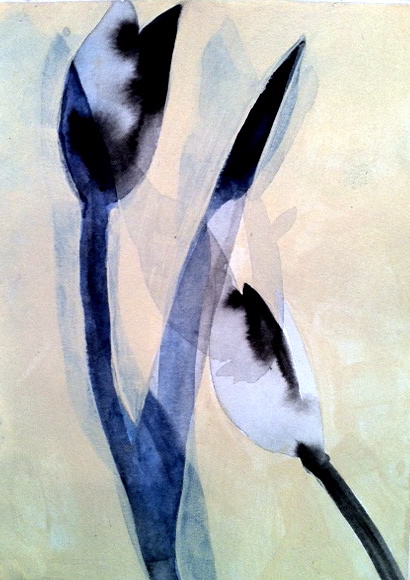 Not long ago, I rediscovered my journal. I can't say that I ever really left it, but I was definitely peripatetic. What a great word! Peripatetic means traveling from place to place, especially working in various places for relatively short periods of time. Well, I travel all right, but for a number of years, my journal stayed home.
Not long ago, I rediscovered my journal. I can't say that I ever really left it, but I was definitely peripatetic. What a great word! Peripatetic means traveling from place to place, especially working in various places for relatively short periods of time. Well, I travel all right, but for a number of years, my journal stayed home.
In a recent art class, the teacher emphasized the value of writing in order to process ideas about artwork. "I know, I know," I thought to myself. I say the same thing to the art therapy groups I facilitate; "journaling is an excellent way to process grief."
Upon hearing this truth again, I felt resistance. "I process what I'm working on in the studio as I walk back and forth along the corridors of the hospital. It's a great place to sort out ideas," I thought.
The thing is, whenever I feel resistance, I know there might be something good and juicy hiding behind my resistance.
I began journaling at age 16 in a poetry class, and I took to it as a tool of comfort during the storms of late adolescence--then the trials of graduate school--then the late nights of early motherhood. Later, as the kids got older, the kind of non-stop thinking it took to keep them on track and still do my artwork didn't leave a lot of time for writing.
But the yearning to journal never left. I needed to find my way past, through, around my resistance. Recently, on the Jewish holiday of Shavuot, I saw my opportunity.
In her excellent blog, Rabbi Yael Levi says of Shavuot: "The journey began with Passover and the acknowledgment of our narrow places—the habits of mind, body and spirit that kept us bound and unable to move forward into our lives. Passover implored us to imagine a leap into the unknown, to find the willingness to leave behind what had enslaved us.
This journey continued into the Counting of the Omer. For 49 days we counted each day calling forth the healing and discovery that comes through awareness...How do we live from the experiences of this time?
As Shavuot ends... we are urged to take on practices that will keep the fire burning. So we listen and wonder: What is a commitment to practice I can make?"
I leapt and decided to write in my journal each day. And I noticed when I did that, things began to fall into place in unexpected ways. For me, thinking by itself cannot produce the multiplicity of solutions needed when I try to solve a problem of imagination, creativity or technique. It is the physical act of writing that enables my brain to connect from one thought to another and from there, to a whole cluster of ideas.
I haven't kept my resolution perfectly--but I've kept it enough. Enough that I now recognize my worn black Moleskine as a friend and confidant. Enough that I now invite my worn, black Moleskine over a cup of tea and a talk.








